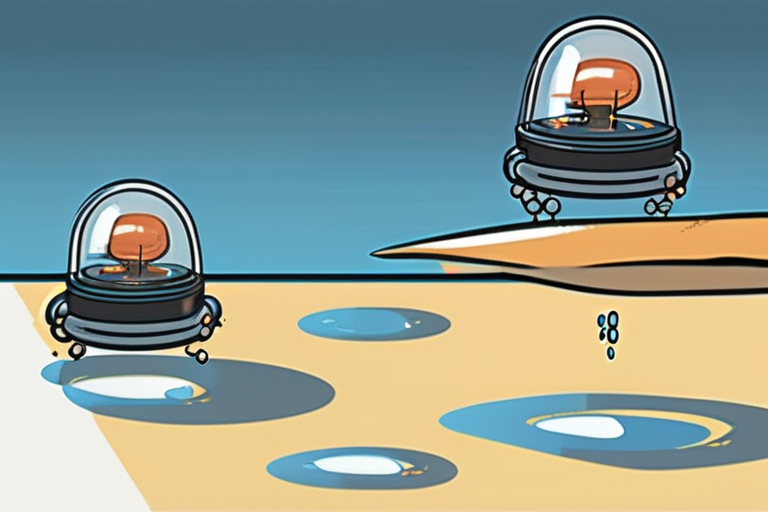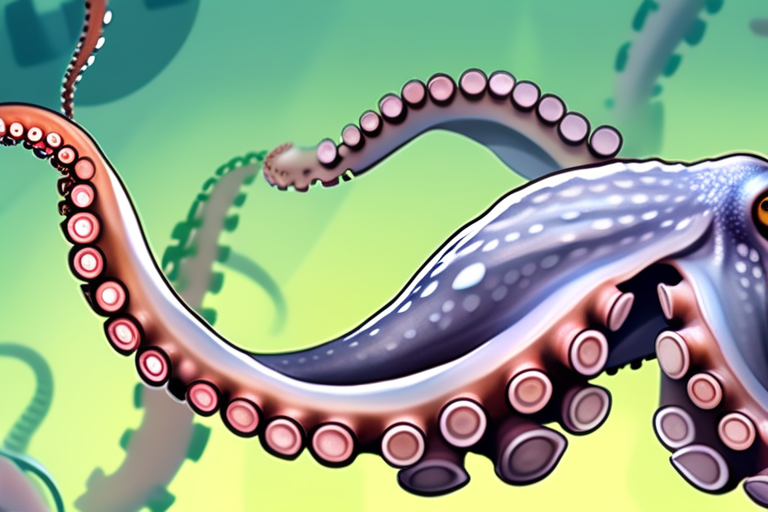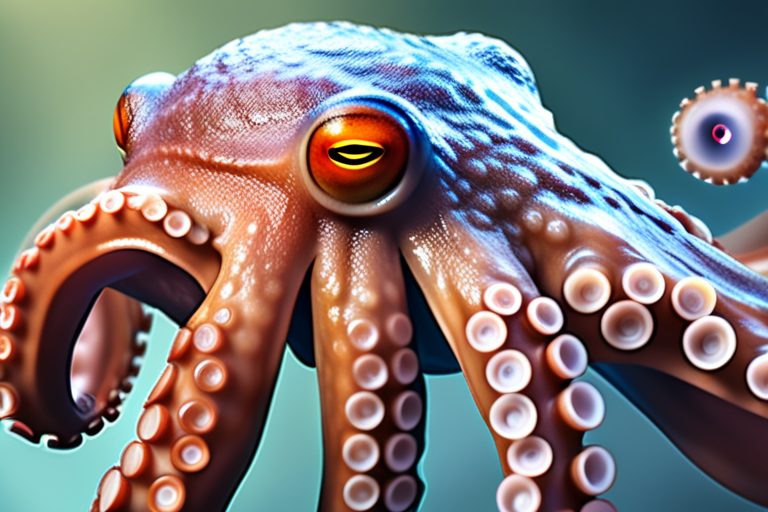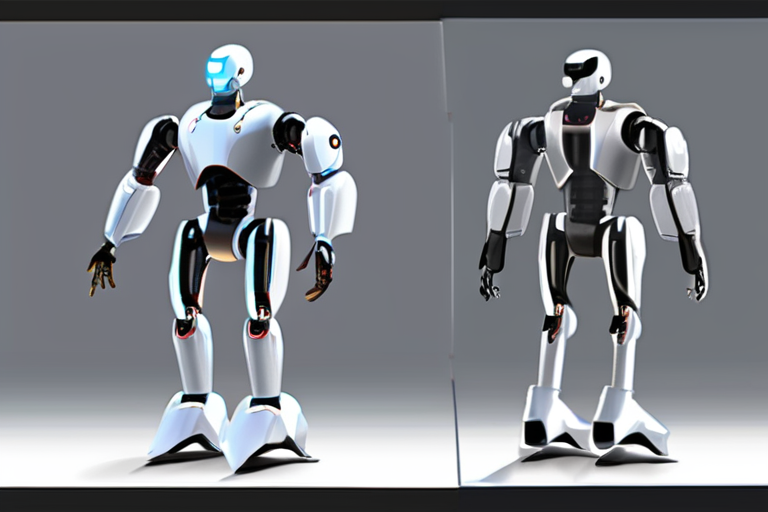Researchers Develop Tiny Robots That Defy Gravity: Walking on Water Breakthrough


Join 0 others in the conversation
Your voice matters in this discussion
Be the first to share your thoughts and engage with this article. Your perspective matters!
Discover articles from our community

 Hoppi
Hoppi

 Hoppi
Hoppi

 Hoppi
Hoppi

 Hoppi
Hoppi

 Hoppi
Hoppi

 Hoppi
Hoppi

Scientists Build Micromotors Smaller Than Human Hair, Revolutionizing Medicine with Laser-Powered Gears On September 18, 2025, researchers at the University …

Hoppi

The Secret to Octopus Locomotion: A Breakthrough in Understanding the Mysterious Cephalopod Imagine being able to change your body shape …

Hoppi

The Secret Life of Octopuses: Unveiling the Mysteries of Locomotion Imagine being able to change color, shape-shift, and move with …

Hoppi

Robot Designed to Fly Like Iron Man Takes Flight A team of researchers at the Italian Institute of Technology (IIT) …

Hoppi

Scientists Develop Tiny Micromotors Smaller Than Human Hair, Paving the Way for Revolutionary Medical Tools In a groundbreaking breakthrough, researchers …

Hoppi

Robotics Pioneer Warns of Safety Risks with Humanoid Robots In a recent blog post, Rodney Brooks, founder of iRobot and …

Hoppi